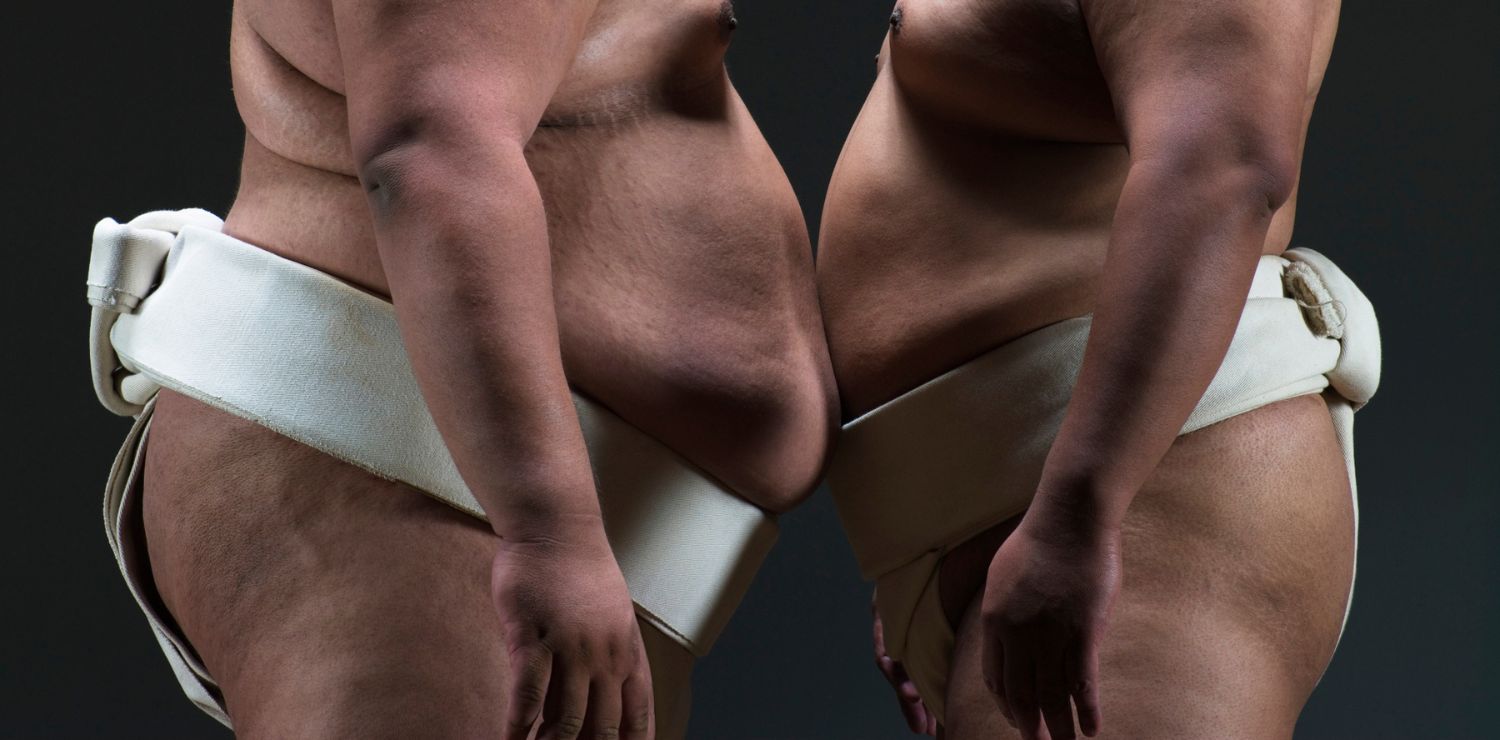Discover Sumo: Japan's Majestic National Sport
Japan is a country rich in tradition and culture, and one of its most emblematic manifestations is the national sport of sumo. This sport, which dates back thousands of years and goes back centuries of history, embodies power , grace and discipline. In this article, we will dive with you into the exciting world of sumo, this emblematic sport of Japan.
Origins and history
The origins of sumo go back to ancient times in Japanese history, where it was linked to various religious rituals and war traditions. Originally, sumo was practiced as part of religious ceremonies that were intended to appease the gods, but also to ensure good harvests. Early sumo matches were usually held at Shinto shrines or during seasonal festivals. Over time, sumo developed into a full-fledged sport with the addition of rules and conventions. The first recorded sumo tournaments date back to the 8th century, during the Nara period (710-794) and expanded during the Heian period (794-1185).
Sumo later became a popular entertainment among the imperial court and samurai warriors, before becoming an organized professional sport with the establishment of the first sumo stables in the 17th century.
Sumo is thus deeply rooted in the history and culture of Japan, in order to represent a traditional martial art as well as a very precious cultural heritage.
The Basics of Sumo
Sumo fights take place in a circular sand ring called a "dohyo". They are based on a set of rules and conventions, which govern the fight. Each duel pits two wrestlers, otherwise known as "rikishi", against each other, whose goal is to successfully knock the opponent out of the circle or make him touch the ground with a part of his body other than his feet. The fights are generally very brief, but are intense and require physical strength, agility and strategy.
Rikishi use a variety of pushing, grabbing, and unbalancing techniques to gain an advantage over their opponent. Before each bout begins, participants perform various purification and greeting rituals to honor sumo traditions.
Victory is determined by quick and often spectacular decisions, making sumo a sport that is both impressive and steeped in tradition.
The life of a sumo wrestler
The life of a sumo wrestler is governed by rigorous discipline and an exclusive devotion to the sport. From a young age, future sumo wrestlers called "deshi" are enrolled in specific sumo schools also known as stables. There they live, train and study under experienced masters and follow a strict schedule with days starting early in the morning and ending late at night.
The daily life of a sumo wrestler is punctuated by intense training that includes physical exercises, wrestling techniques as well as training sessions in the ring. In addition, rikishi follow a specific diet that is focused on gaining weight and developing muscle mass through copious and regular meals that are composed of chanko-nabe which is a nutritious and energetic stew.
When not training, sumo wrestlers perform traditional rituals such as the shikiri salute and participate in various community activities that promote the sport and honor their stables. The life of a sumo wrestler is a combination of physical exertion, mental discipline, and respect for the age-old traditions dedicated to the art and philosophy that is the sport of sumo.
Sumo tournaments
Sumo tournaments are iconic events in the world of sumo, punctuating the year of competition for rikishi and captivating thousands of spectators across Japan. They are organized by the Japan Sumo Association. They are held six times a year in cities across the country. All tournaments last 15 days and are held in special arenas called "sumo stadiums". During each day, rikishi compete on the circular sand ring in front of an enthusiastic audience. The tournaments are both sporting competitions, but also cultural and social events where spectators come out in droves to support their favorite wrestlers. They create an electric atmosphere, which allows them to participate in these competitions in their own way.
At the end of each tournament, the rikishi with the best record is crowned tournament champion, receiving honor, prestige and rewards in recognition of his excellence in the sumo arena.
The internationalization of sumo
The internationalization of sumo is a testament to its growing popularity around the world. While deeply rooted in Japanese culture, sumo has attracted attention beyond Japan’s borders, captivating combat sports enthusiasts and curious onlookers from various backgrounds. Sumo tournaments are now held in many countries, giving international wrestlers the opportunity to compete on the world stage. In addition, foreign rikishi, mainly from Mongolia, Eastern Europe, and other parts of the world, have entered the professional world of sumo, bringing cultural diversity and fierce competition. This internationalization of sumo has also sparked a growing interest in Japanese culture and traditions, strengthening the bonds between Japan and the rest of the world through this iconic sport.
Conclusion
Sumo is more than just a sport: it is a Japanese institution, steeped in tradition, discipline and spirituality. Rooted in the country’s ancient history, sumo continues to inspire and captivate people around the world with its grace, power and cultural depth. Whether you are a sports enthusiast or simply curious to experience a unique side of Japanese culture, sumo is an experience not to be missed.







Discovering Mount Fuji: An epic journey into the heart of Japanese nature
Discover the Art of Sushi: An Exploration of Japanese Flavors